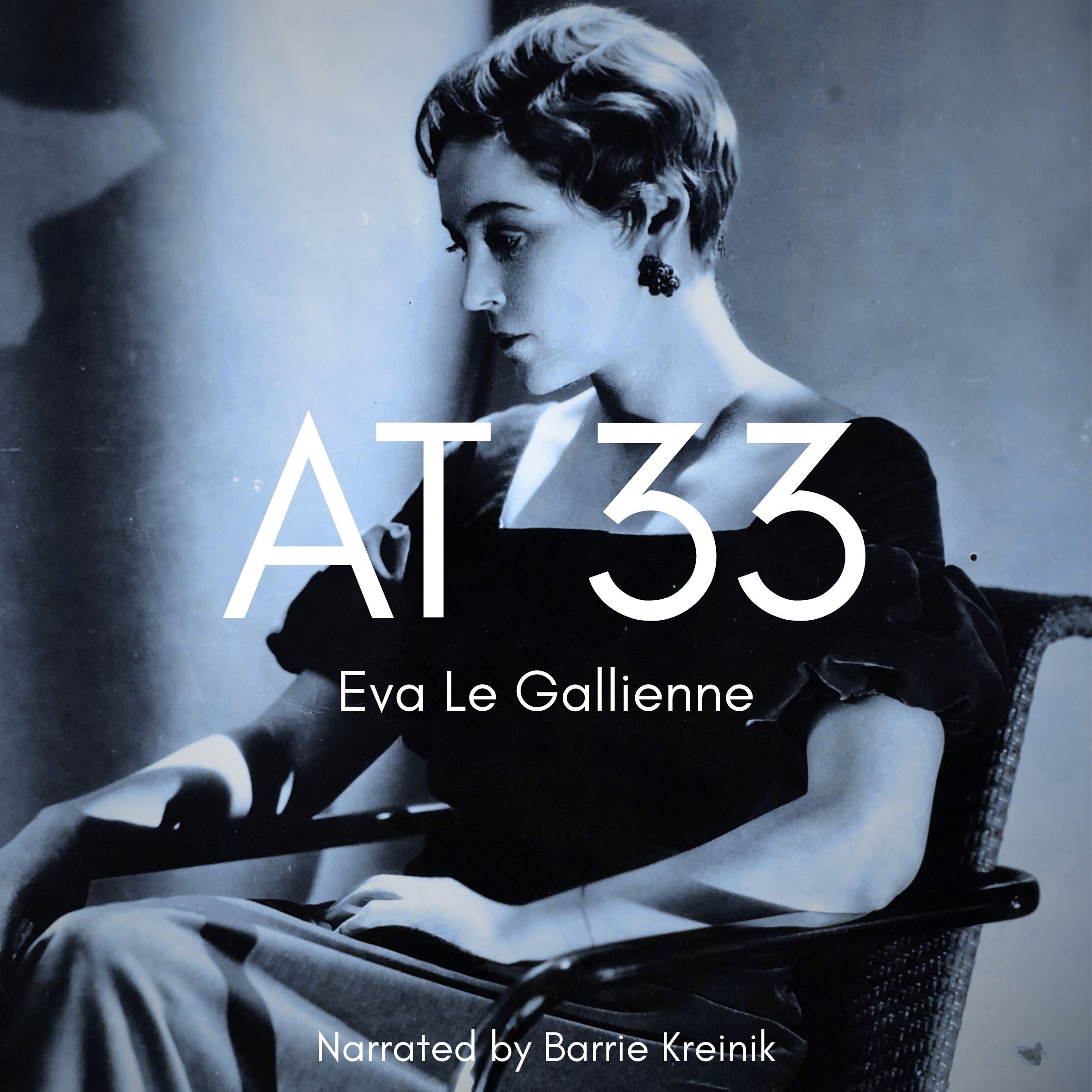Jiangsu 37
Listen to Jiangsu 37, a 20-year-old woman from Li Yang (or Lìyáng), Jiangsu Province, China. Click or tap the triangle-shaped play button to hear the subject.
Both as a courtesy and to comply with copyright law, please remember to credit IDEA for direct or indirect use of samples. IDEA is a free resource; please consider supporting us.
BIOGRAPHICAL INFORMATION
AGE: 20
DATE OF BIRTH (DD/MM/YYYY): 23/03/1990
PLACE OF BIRTH: Li Yang (or Lìyáng), Jiangsu Province
GENDER: female
ETHNICITY: Han Chinese
OCCUPATION: student
EDUCATION: university
AREAS OF RESIDENCE OUTSIDE REPRESENTATIVE REGION FOR LONGER THAN SIX MONTHS: N/A
OTHER INFLUENCES ON SPEECH:
The subject claims that she was most influenced by her (Chinese native) English teachers at elementary school and junior high school. She did have one foreign teacher for one year at her senior high school.
The text used in our recordings of scripted speech can be found by clicking here.
RECORDED BY: Bill McCann
DATE OF RECORDING (DD/MM/YYYY): 05/05/2010
PHONETIC TRANSCRIPTION OF SCRIPTED SPEECH: N/A
TRANSCRIBED BY: N/A
DATE OF TRANSCRIPTION (DD/MM/YYYY): N/A
ORTHOGRAPHIC TRANSCRIPTION OF UNSCRIPTED SPEECH:
I come from a small city named Li Yang, ah, in China, ah, it’s a very beautiful city, I think. There is a famous place you can drive, ah, named, ah, Tian Mu Hu. Ahm, actually it’s, ah, I think it’s the only place that, Li Yang famous for. Ah, many people know the Tian Mu Hu, but, ah, few people know the Li Yang, ah, but I think it is a very beautiful city, I love it. Ah, now I’m studying in Suzhou. Ahm, I miss my hometown. [The subject now goes on to read abstracts from the Analects of Confucius in her own Liyanghua dialect. (See the detailed commentary below). Unfortunately, she has not provided a pinyin transliteration. A reading in Putonghua (Mandarin) can be heard on the Hebei 1 sample.]
TRANSCRIBED BY: Bill McCann
DATE OF TRANSCRIPTION (DD/MM/YYYY): 01/08/2013
PHONETIC TRANSCRIPTION OF UNSCRIPTED SPEECH: N/A
TRANSCRIBED BY: N/A
DATE OF TRANSCRIPTION (DD/MM/YYYY): N/A
SCHOLARLY COMMENTARY:
SHORT READINGS FROM THE ANALECTS OF CONFUCIUS
KEY: A = Mandarin (Simplified); B = Mandarin (Pingyin); C = Dialect (Pingyin); D = English.
孔子: 论语 – Kǒng zǐ : lún yǔ – Kon zi: len yu – Confucius: Lun Yu
學而第一 – xué ér dì yī – Xué ér dì yī – Chapter One
A: 1-1:- 子曰: 學而時習之、不亦說乎。
B: yī-yī :- zǐ yuē: xué ér shí xí zhī, bù yì yuè hū.
C: yī-yī :-
D: 1-1:- The Master said: Is it not pleasure to learn, and practice what is learned time and again?
A: 1-2:- 有朋自遠方來、不亦樂乎。
B: yī-èr:- yǒu péng zì yuǎn fāng lái, bù yì lè hū.
C: yī-èr:-
D: 1-2:- Is it not happiness to have friends coming from distant places?
A: 1-3:- 人不知而不慍、不亦君子乎。
B: yī-sān: rén bù zhī ér bù yùn, bù yì jūn zi hū.
C: yī-sān:
D: 1-3:- Is it not virtue for a man to feel no discomposure when others take no note of him?
為政第二 – wéi zhèng dì èr – wéi zhèng dì ér – Chapter two
A: 2-2:- 子曰:「詩三百,一言以蔽之,曰:『思無邪』。
B: èr-èr:- zǐ yuē: shī sān bǎi, yī yán yǐ bì zhī , yuē: sī wú xié.
C: èr-èr:-
D: 2-2:- The Master said: In the Book of Odes there are three hundred poems, but they may be summarised in a single sentence: Think no evil.
A: 2-7:- 子游問孝。子曰:今之孝者,是謂能養。至於犬馬,皆能有養;不敬, 何 以別乎。
B: èr-qī:- zǐ yóu wèn xiào. zǐ yuē: jīn zhī xiào zhě, shì wèi néng yǎng. zhì wū quǎn mǎ, jiē néng yǒu yǎng; bù jìng, hé yǐ bié hū.
C: : èr-qī:-
D: 2-7:- Zi You asked what filial piety was. The Master said: Nowadays, providing support for one’s parents is considered filial piety. But dogs and horses can also do this. If there is no respect, what is the difference?
A: 2-10:- 子曰:「視其所以,觀其所由,察其所安。人焉叟哉?人焉叟哉?
B: èr-shí :- zǐ yuē: shì qí suǒ yǐ , guān qí suǒ yóu, chá qí suǒ ān. rén yān sǒu zāi? rén yān sǒu zāi?
C: èr-shí :-
D: 2-10:- The Master said: Watch what a man does. Find out his motives. See how he takes his ease. How then can the man hide his true self? How can the man hide his true self?
COMMENTARY
This is a good, strong accent with a very noticeable problem with the /T/, /s/ pair and frequent addition of the Chinese “a” at the end of many words.
The subject’s hometown is Lìyáng city in the southwest of Jiangsu Province. The dialect spoken here belongs to the northern Wu Taihuj group and is similar to the dialect spoken in Changzhou, and both dialects are mutually intelligible. There are also some similarities with nearby Wuxi, but farther east, in Suzhou and Shanghai, for example, the Liyang dialect is unintelligible and is often described as being similar to Japanese. This is one of the most western points at which one can hear the Wu dialect before it gives way to the southern Mandarin dialects in Henan and northern Anhui. There is also a cluster of Min dialect speakers in the city. This dialect group is found in southeastern China, notably in Fujian Province
The subject describes her dialect as “Subei” dialect. This does not refer to the Mongolian Subei dialect but to a pejorative term that came into use in Suzhou and Shanghai during the later Qing dynasty. In these cities, poorer emigrants from northern Jiangsu were denigrated because of their rusticity and coarse “Subei” dialect. They were allowed only the most menial jobs and suspected of sedition and collaboration with the Taiping. The term “Subei” had no meaning in northern Jiangsu, but it eventually became a symbol of collective identity and, later, of collective pride.
Lìyáng has a long history, being established during the Warring States Period (475-221 BCE). It became a prefecture-level city during the Sui Dynasty (5812-618 CE). Today it is a county level city under the jurisdiction of Changzhou. The city’s abundant freshwater is a crucial resource for its agricultural sector and the growing tourist industry.
COMMENTARY BY: Bill McCann
DATE OF COMMENTARY (DD/MM/YYYY): 01/08/2013
The archive provides:
- Recordings of accent/dialect speakers from the region you select.
- Text of the speakers’ biographical details.
- Scholarly commentary and analysis in some cases.
- In most cases, an orthographic transcription of the speakers’ unscripted speech. In a small number of cases, you will also find a narrow phonetic transcription of the sample (see Phonetic Transcriptions for a complete list). The recordings average four minutes in length and feature both the reading of one of two standard passages, and some unscripted speech. The two passages are Comma Gets a Cure (currently our standard passage) and The Rainbow Passage (used in our earliest recordings).
For instructional materials or coaching in the accents and dialects represented here, please go to Other Dialect Services.
 IDEA: International Dialects of English Archive
IDEA: International Dialects of English Archive



